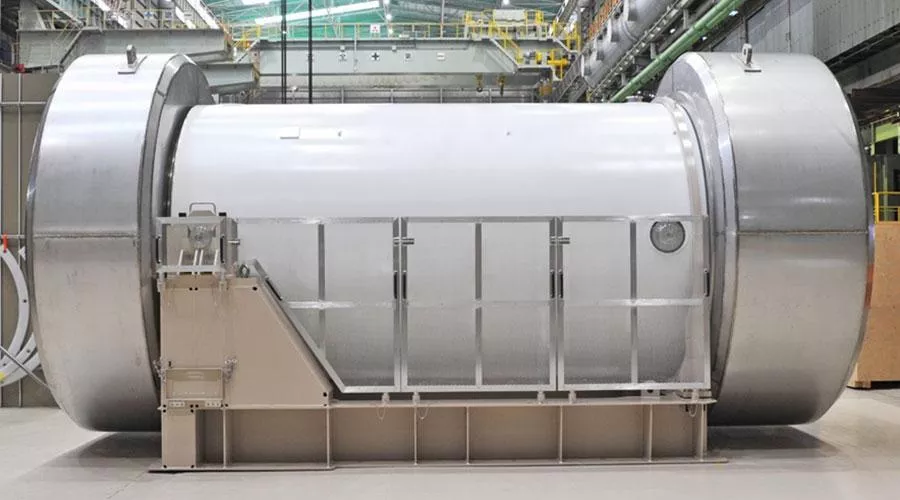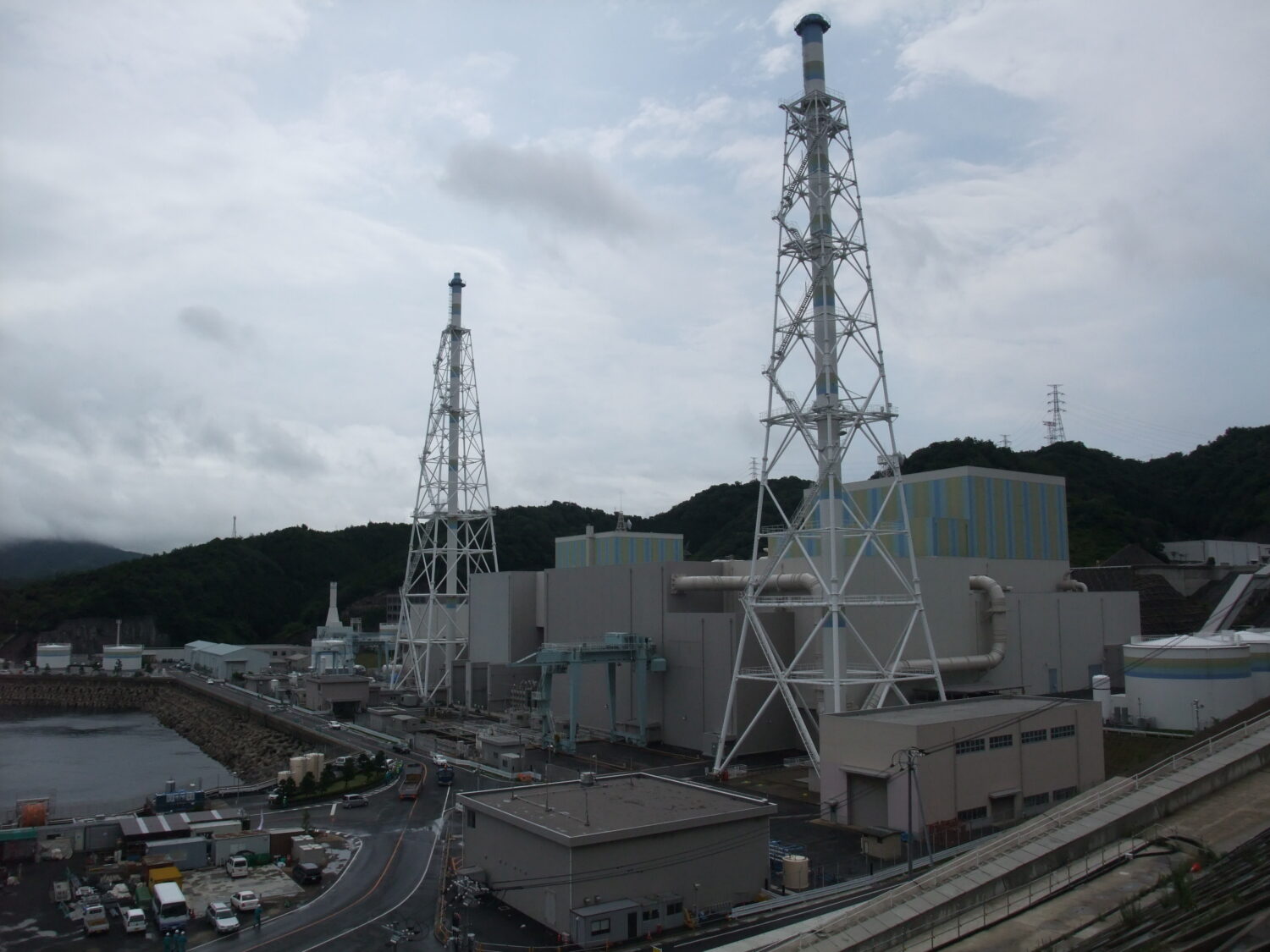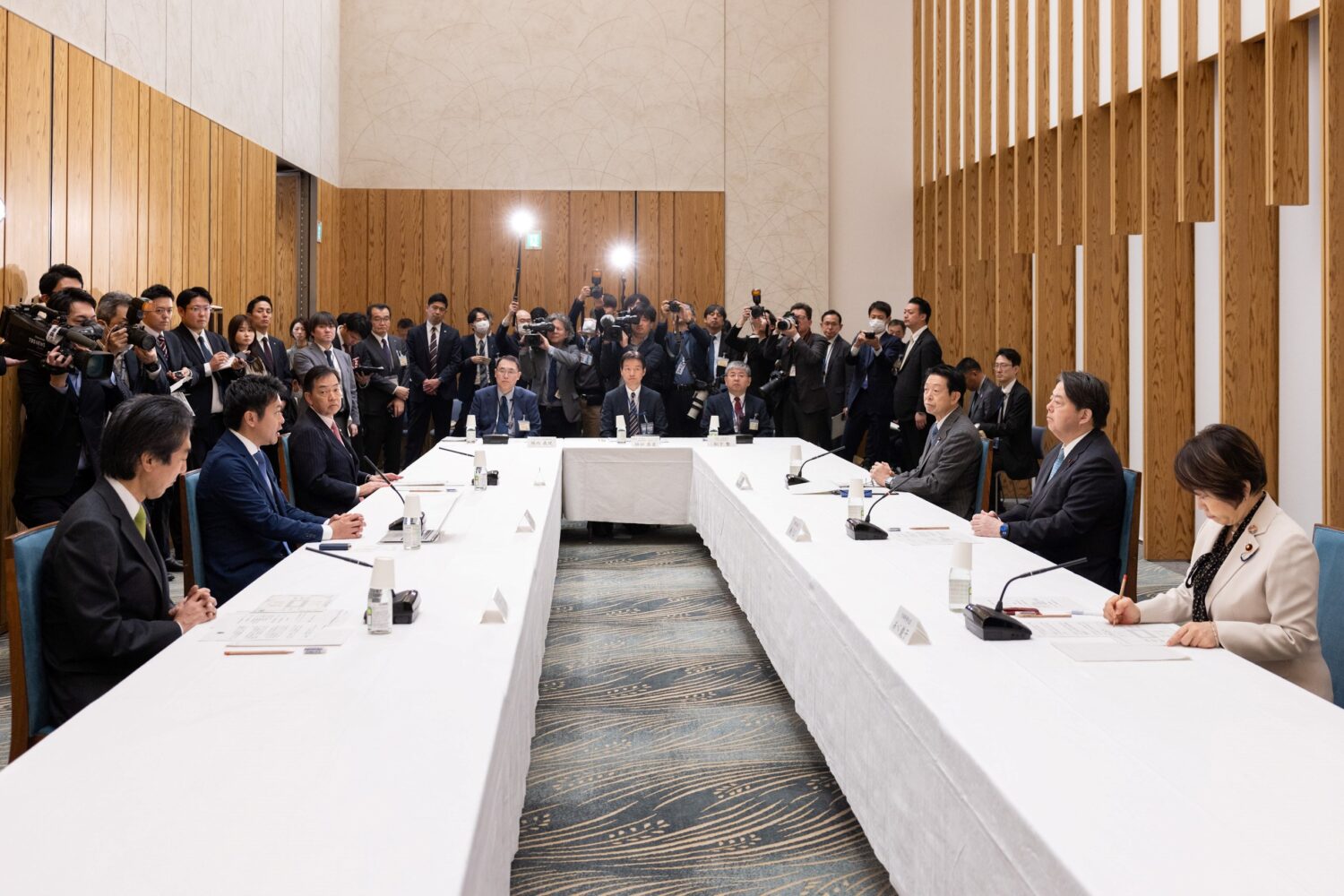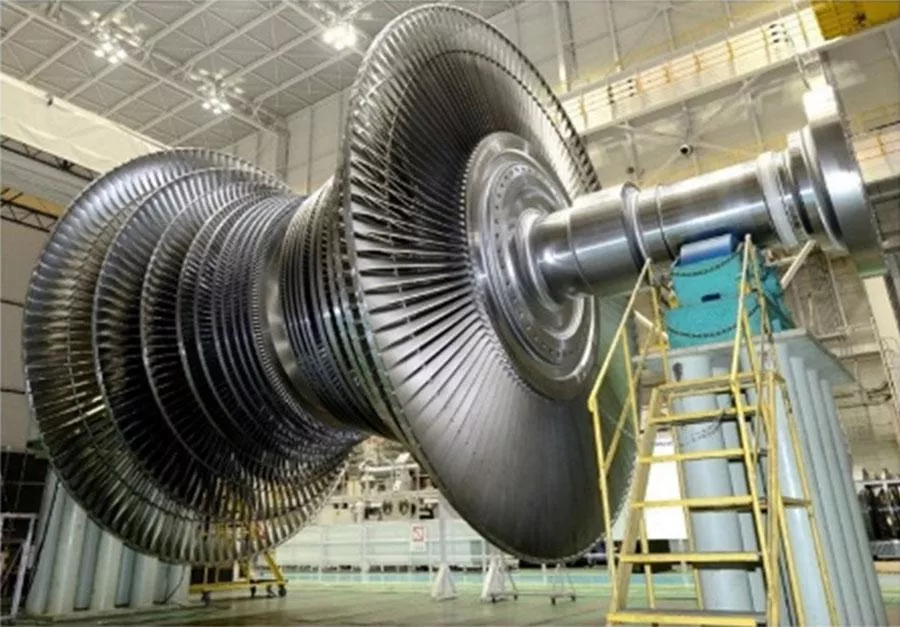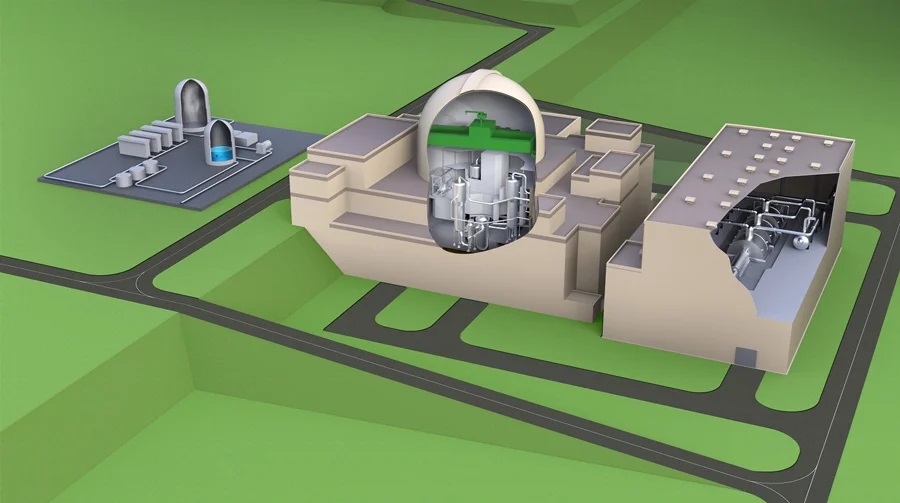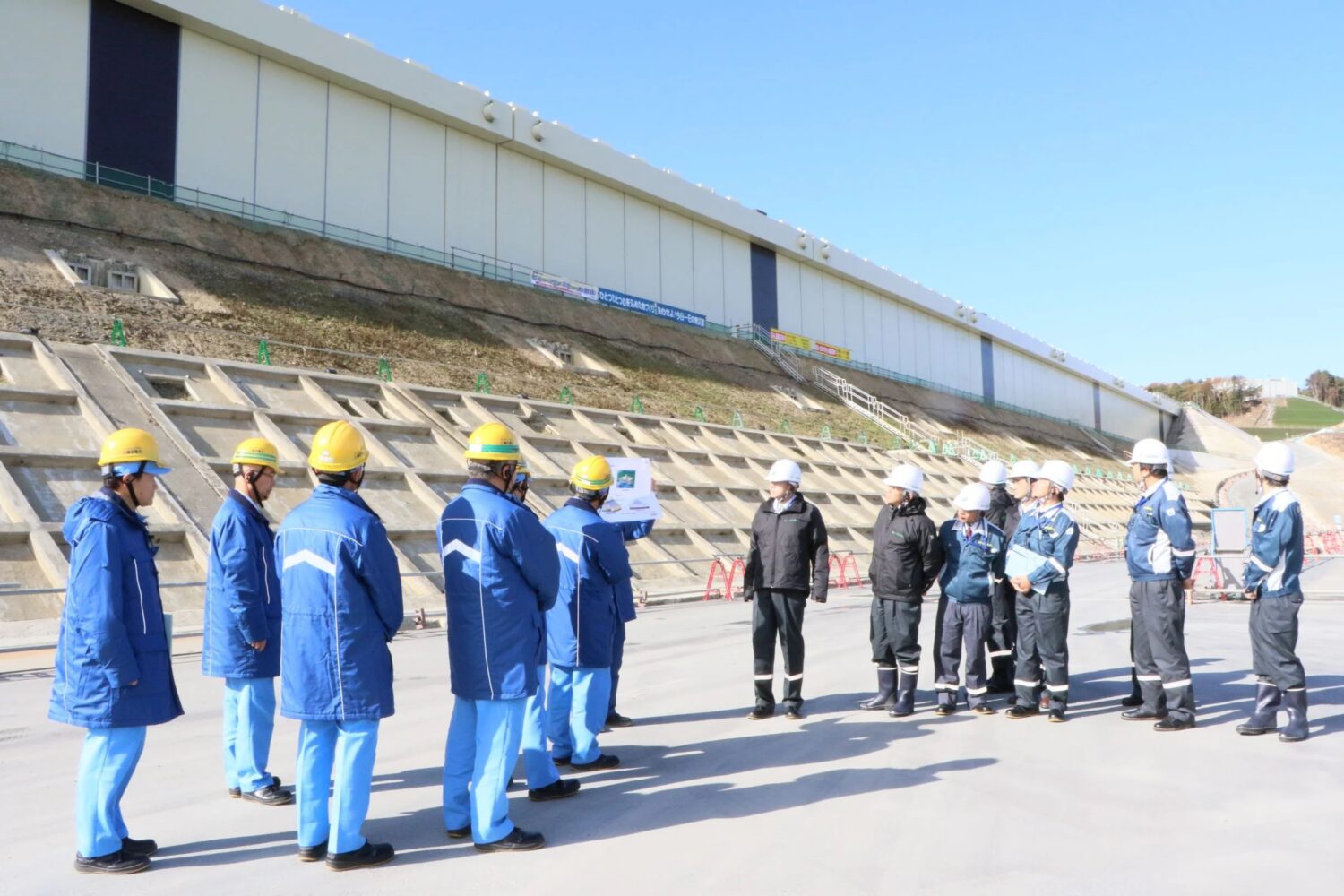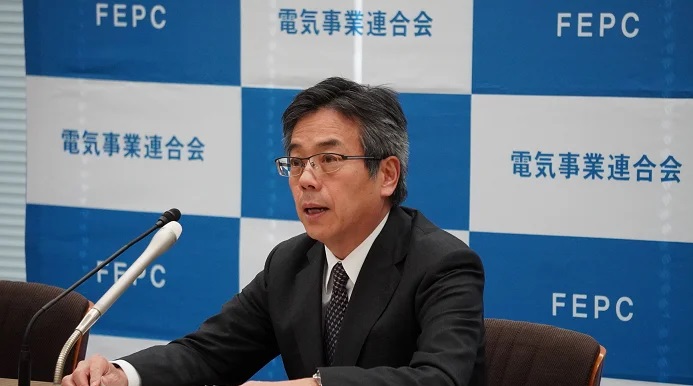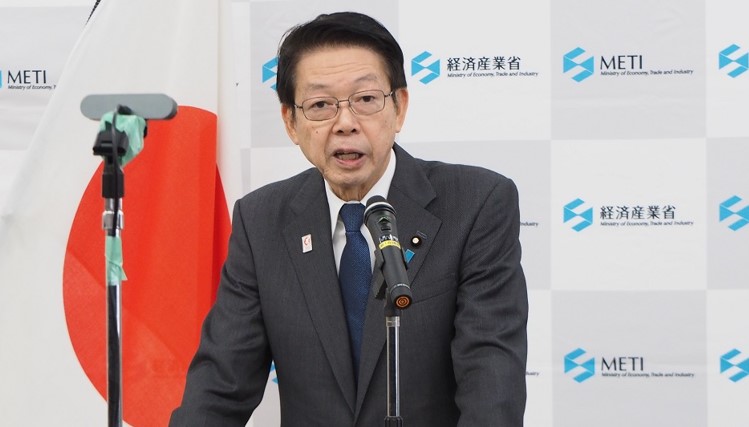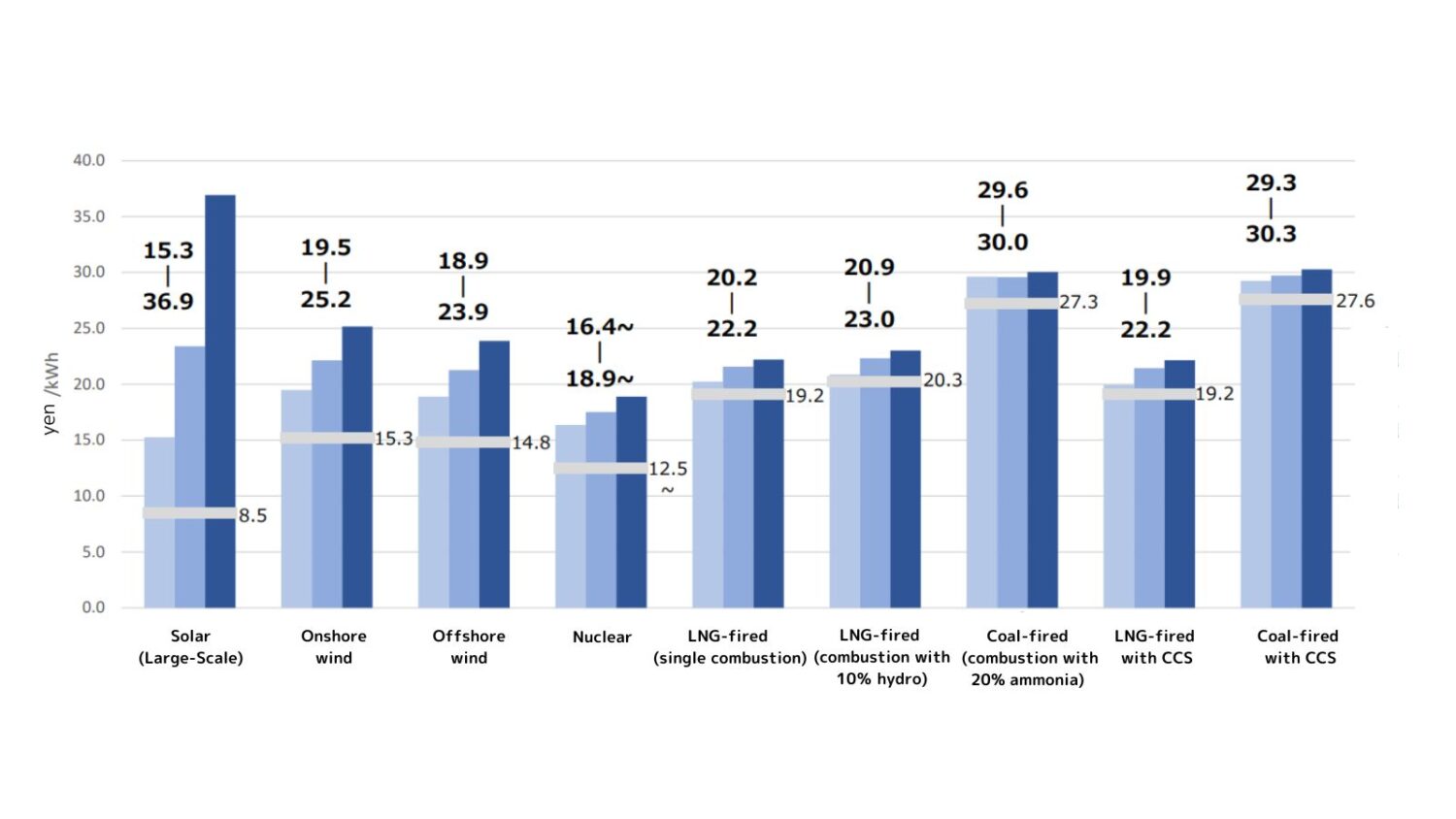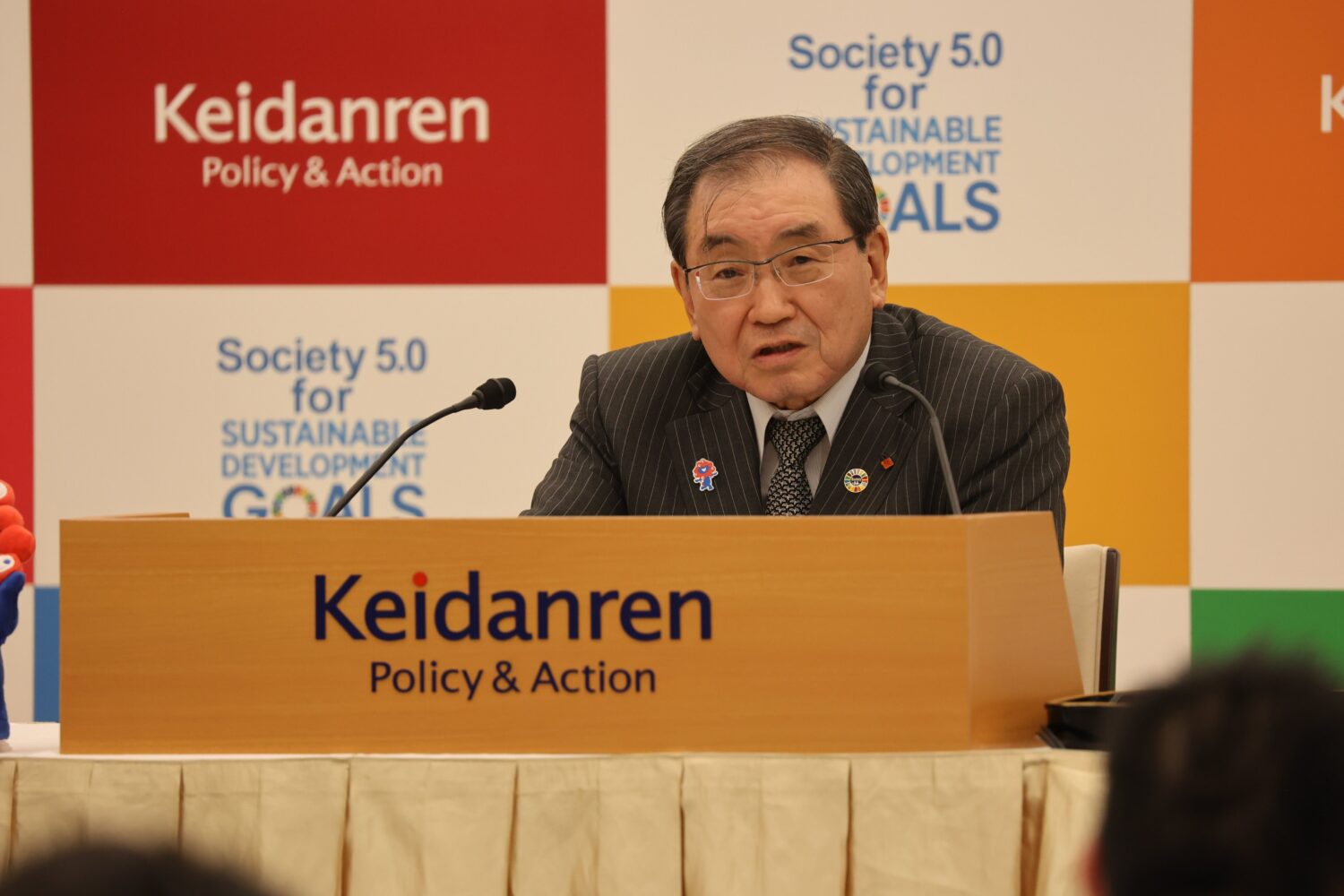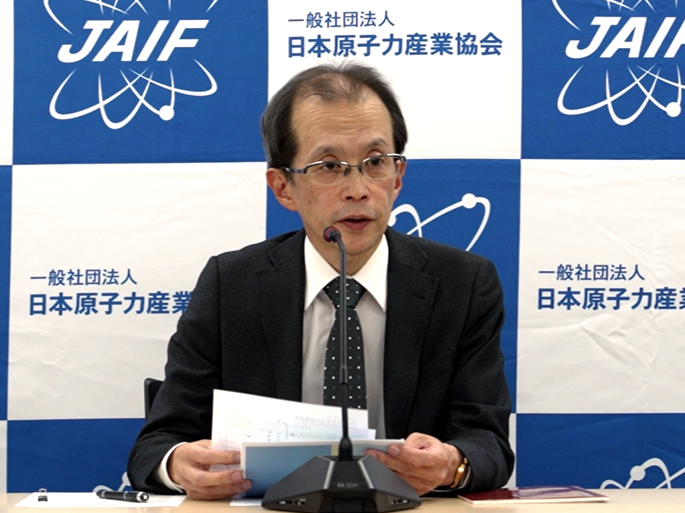At the meeting, the members came to the conclusion that it would be technologically possible to develop a demonstration reactor using the experience obtained from the prototype fast breeder reactor (FBR) Monju and the experimental reactor Joyo, owned by the Japan Atomic Energy Agency (JAEA). They also affirmed the importance of international cooperation in such an endeavor.
The meeting began with a review by representatives of METI’s Agency for Natural Resources & Energy (ANRE) of the objectives and results at the various developmental stages of the two reactors, along with their operational histories. They also explained the demonstration and commercial reactors that are intended to follow.
Also, representatives of JAEA and the Ministry of Education, Culture, Sports, Science and Technology (MEXT) explained how Joyo could be used in the future, incorporating what has been learned at Monju already.
When it was first built, there were three main objectives for Joyo, namely, the advancement of technology through operational tests, the irradiation of fuel and materials, and the demonstration of innovative technology for the commercialization of fast reactors.
-e1477960153356.png) After its first criticality in 1977, Joyo recorded many technological achievements, including 71 thousand hours of operation and the irradiation of about one hundred test assemblies. Those results were reflected in the design and construction of Monju.
After its first criticality in 1977, Joyo recorded many technological achievements, including 71 thousand hours of operation and the irradiation of about one hundred test assemblies. Those results were reflected in the design and construction of Monju.
Pointing to the past R&D carried out at Joyo—irradiation tests of fuel and materials, and studies to improve safety and economic efficiency—the JAEA representatives said that “valid, rational development could be expected through international cooperation” toward the construction of demonstration reactors and the realization of volume and toxicity reductions for radioactive waste.
The MEXT representatives then explained the fruits of Monju’s development so far, as well as the conclusions of an expert panel on October 25 about what could be expected if its operation were resumed. They noted several areas of new technological understanding, shown below, adding that each would contribute positively to the development of fast reactors after the stage of demonstration reactors:
- Design, production, and construction.
- Trial operations and operations.
- The management of operations and maintenance.
- Measures and responses to problems.
- Compatibility with new regulatory standards.
ANRE then laid out the following targets in the development of new demonstration fast reactors, based on both technological and societal requirements since the disaster at the Fukushima Daiichi NPPs in March 2011:
- Securing higher levels of safety, heeding the lessons of the Fukushima accident, as well as considering the need for terrorism countermeasures.
- Securing economy, that is, maintaining a cost advantage over other power sources at the commercial stage.
- Leveraging international cooperation to secure the latest information and control development costs.
- Reducing the volume and toxicity of radioactive waste, in line with the direction of the medium-range and long-term energy policy.
 ANRE will then identify the type of demonstration reactor to be used henceforth, based on the outlook for power demand, the latest information on seismicity, and the state of knowledge on the tank type versus conventional loop type designs, among other items of consideration.
ANRE will then identify the type of demonstration reactor to be used henceforth, based on the outlook for power demand, the latest information on seismicity, and the state of knowledge on the tank type versus conventional loop type designs, among other items of consideration.
International cooperation is deemed significant in fast reactor development in view of sharing costs and risks, bringing to bear the latest knowledge, information and expertise, and effectively developing human resources.
Related to that theme, an expert of the Alternative Energies and Atomic Energy Commission (CEA) of France gave a presentation at the October 27 meeting on his country’s project to develop the demonstration reactor ASTRID (tank type, 600MWe). He expressed his high expectations for Japan, saying that its technology, information, knowledge and experimental installations were “important” for the ASTRID project.



-1.png)

